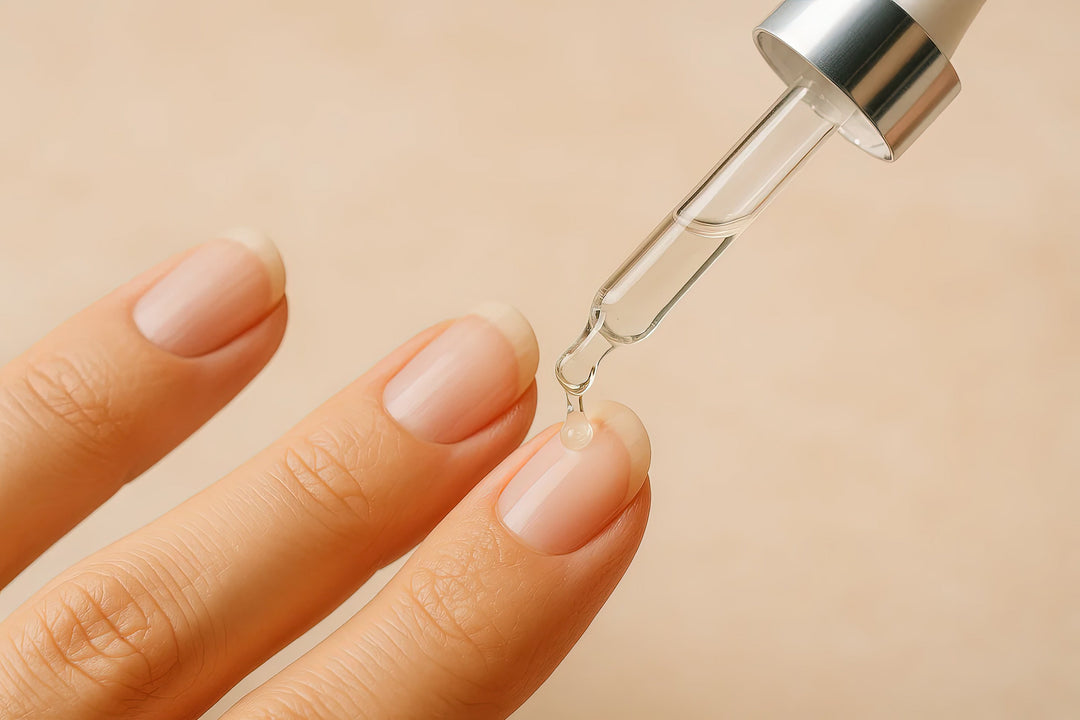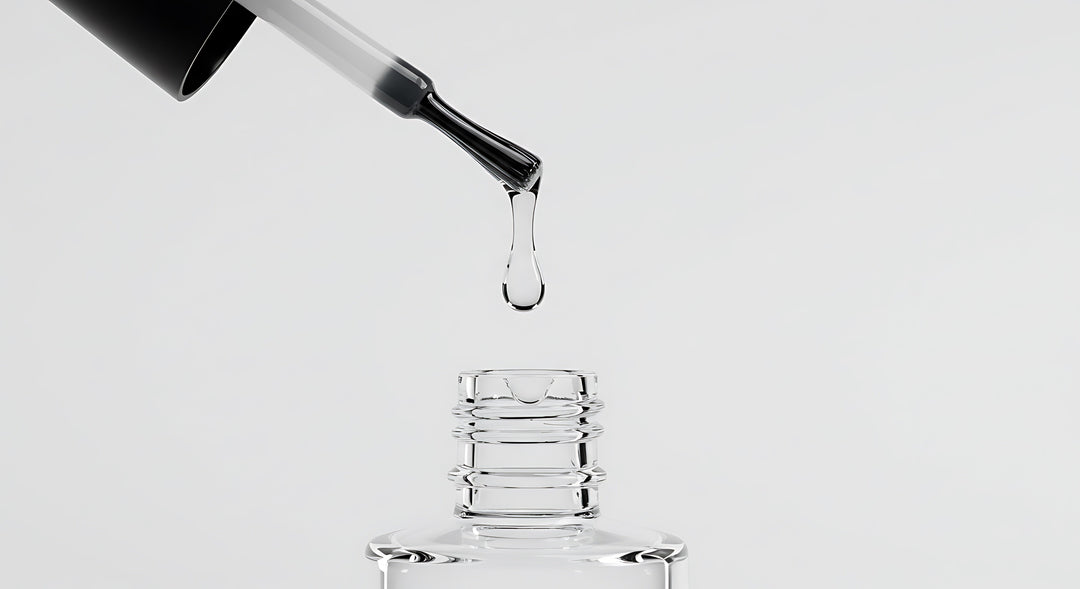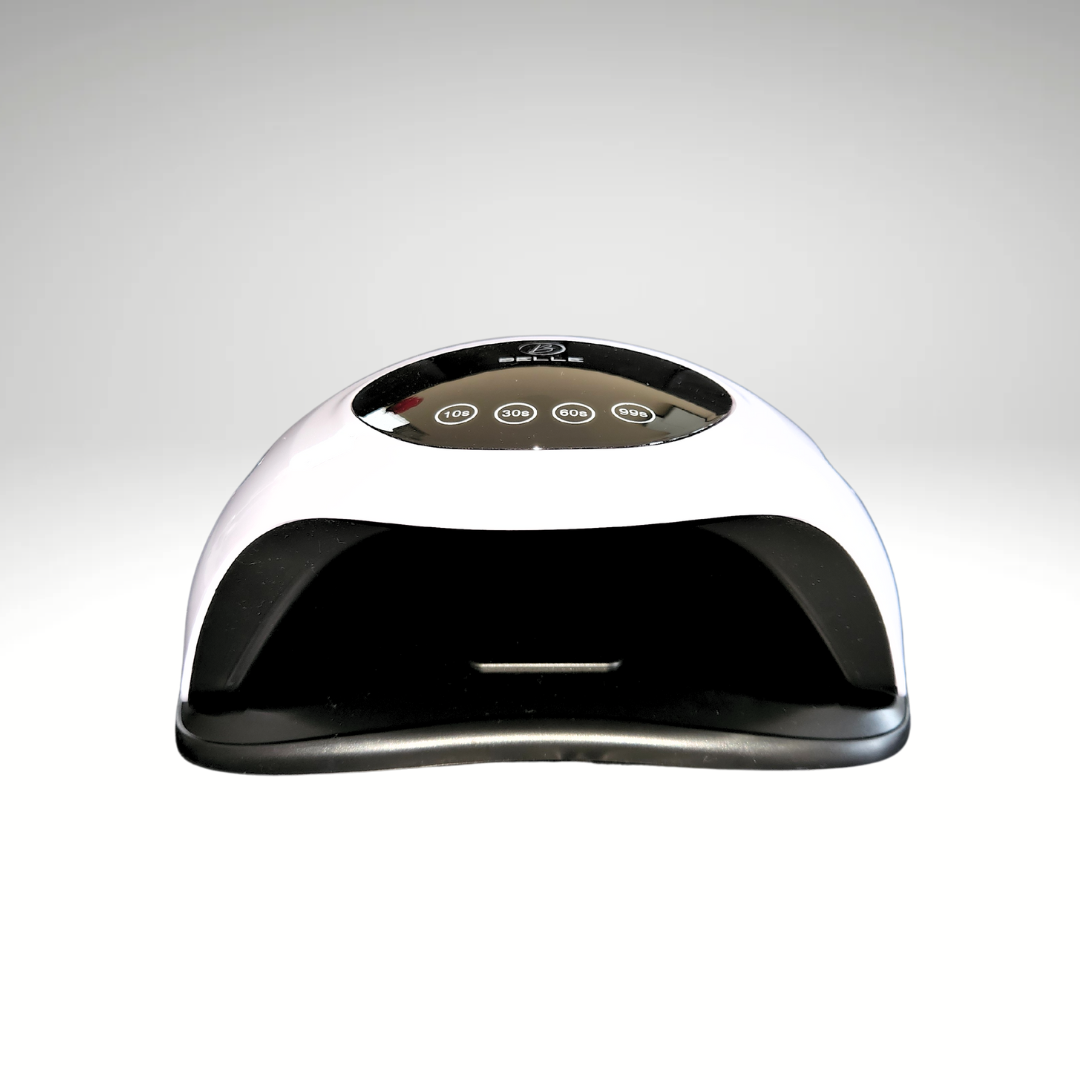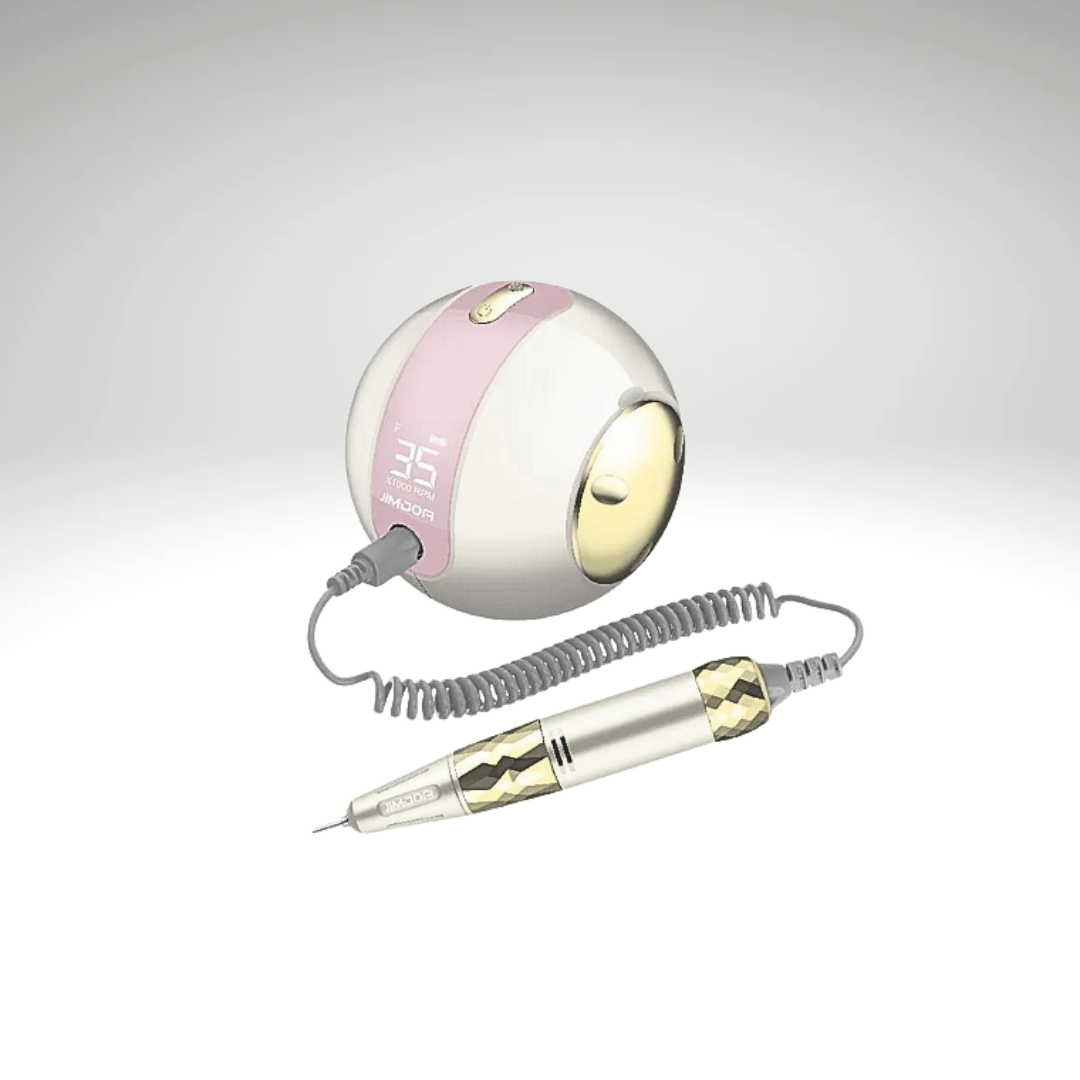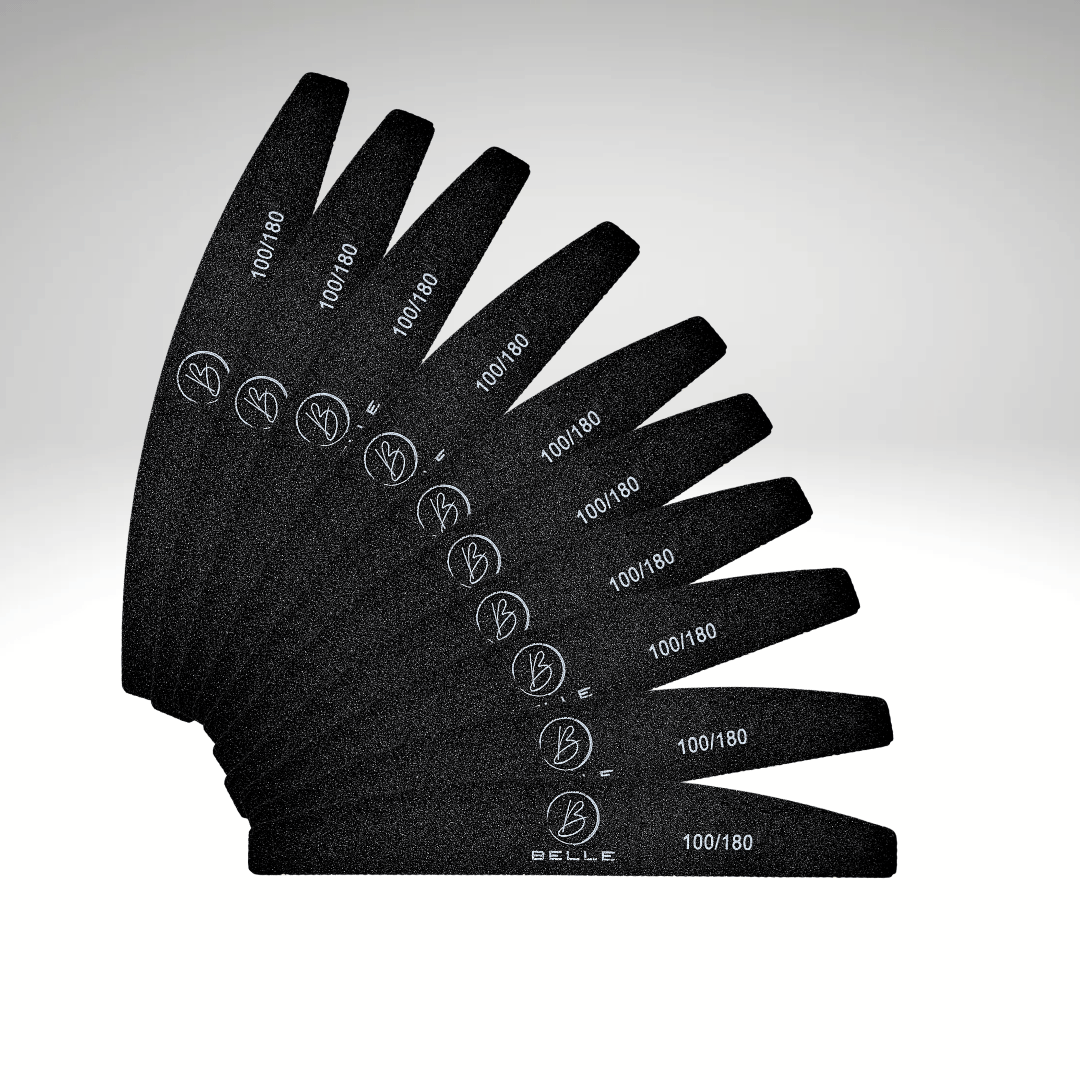Understanding Nail File Grits: Choosing the Right Coarseness for Perfect Nails
When it comes to achieving the perfect manicure, having the right tools is essential. One of the most important tools for maintaining healthy and beautiful nails is a nail file. However, not all nail files are created equal. They come in various shapes, sizes, and most importantly, coarseness levels. In this article, we will explore the different coarseness levels of nail files and how to choose the right one for your needs.
What is Nail File Grit?
Nail file grit refers to the coarseness or fineness of the file's abrasive surface. The higher the grit number, the finer the abrasive particles, resulting in a smoother finish. Conversely, a lower grit number indicates a coarser abrasive surface suitable for shaping and removing material quickly.
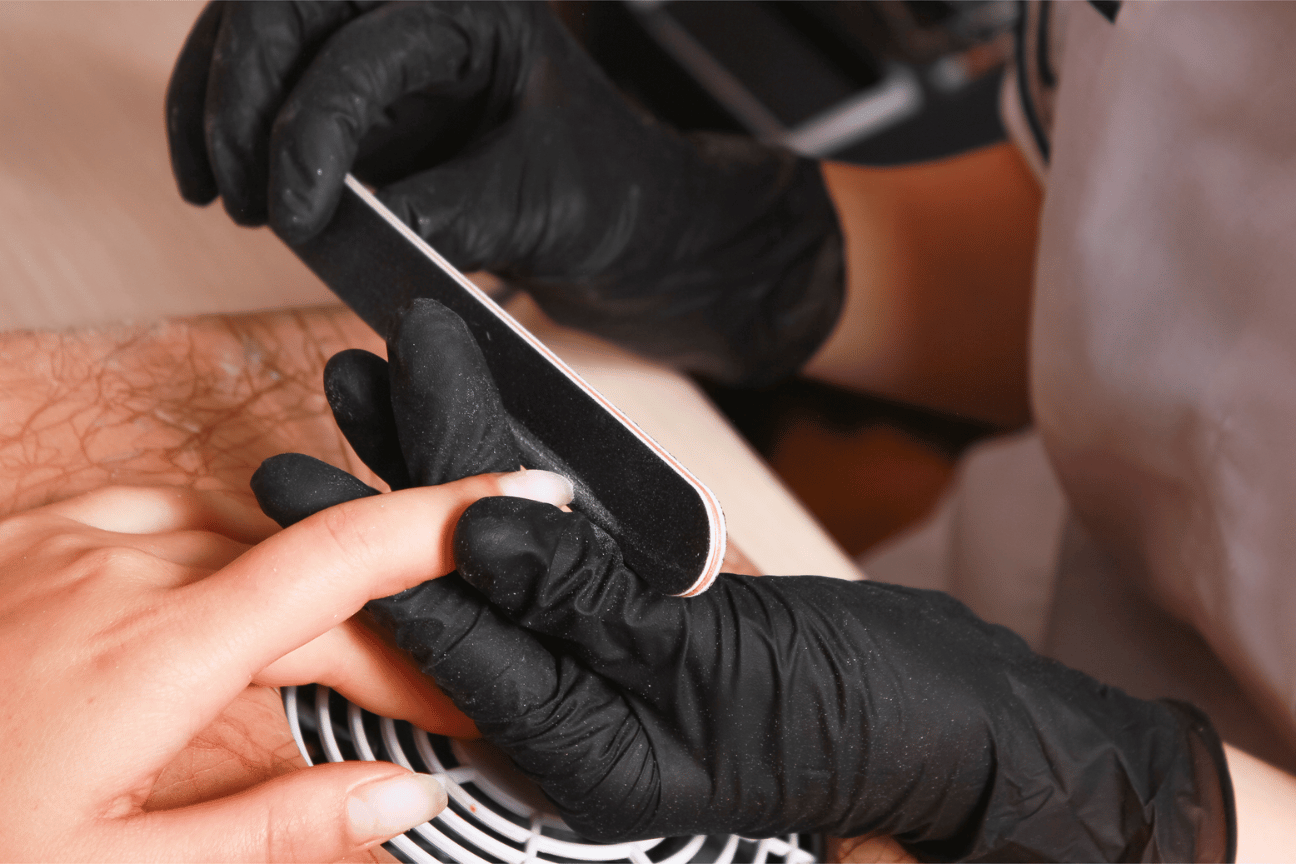
Understanding the Different Grits
100 Grit: The Rough and Tumble
For those seeking a file to quickly and effectively remove bulk, the 100-grit file is your go-to. Its coarse abrasives efficiently reduce length, shape, and imperfections, making it an ideal choice for shaping natural nails, removing acrylic or gel extensions, or prepping for nail art.
150 Grit: The All-Purpose Performer
The 150-grit file strikes a balance between coarseness and smoothness, making it a versatile tool for a wide range of tasks. It effectively shapes and refines natural nails, smooths out rough patches, and prepares the nail bed for gel or acrylic applications. Its versatility makes it a staple in any nail technician's kit.
180 Grit: The Polish Perfectionist
For those seeking a polished and flawless finish, the 180-grit file is your golden ticket. Its fine abrasives smooth out ridges, eliminate minor imperfections, and provide a smooth surface for nail polish application. It's also a great choice for buffing and finishing acrylic or gel extensions.
240 Grit: The Velvet Touch
The epitome of smoothness, the 240-grit file delivers a velvety finish that's both touchable and visually appealing. It's ideal for buffing and refining natural nails, removing light scratches, and achieving a professional-looking polish job. Its gentle abrasives ensure nails retain their natural shine and flexibility.

Which File is Right for You?
The right nail file grit depends on the specific task at hand. Here's a quick guide:
- Roughing Out Nails: 100 Grit
- Shaping and Refining Natural Nails: 150 Grit
- Preparing for Gel or Acrylic Application: 180 Grit
- Buffing and Finishing: 240 Grit
How to Use a Nail File
Using a nail file correctly is just as important as choosing the right coarseness level. Here are some tips for using a nail file effectively:
- Start by washing your hands and drying them thoroughly. This will remove any oils or dirt from your nails, allowing the file to work more effectively.
- Hold the file at a 45-degree angle and file in one direction. Do not saw back and forth, as this can cause damage to the nail.
- File from the side of the nail towards the centre, following the natural shape of your nail. This will help prevent splitting and peeling.
- Use a gentle touch and avoid applying too much pressure. Let the file do the work.
- After filing, use a fine grit nail file to smooth and buff the nail's surface.
- Finish by applying a cuticle oil or hand cream to keep your nails and cuticles moisturised.
Conclusion
Choosing the right nail file grit is crucial for achieving optimal results and protecting your nails. By understanding the different grits and their applications, you can confidently select the file that suits your needs. Belle Beauty is here to support your nail journey, providing high-quality nail files and expert advice to help you create stunning manicures.




